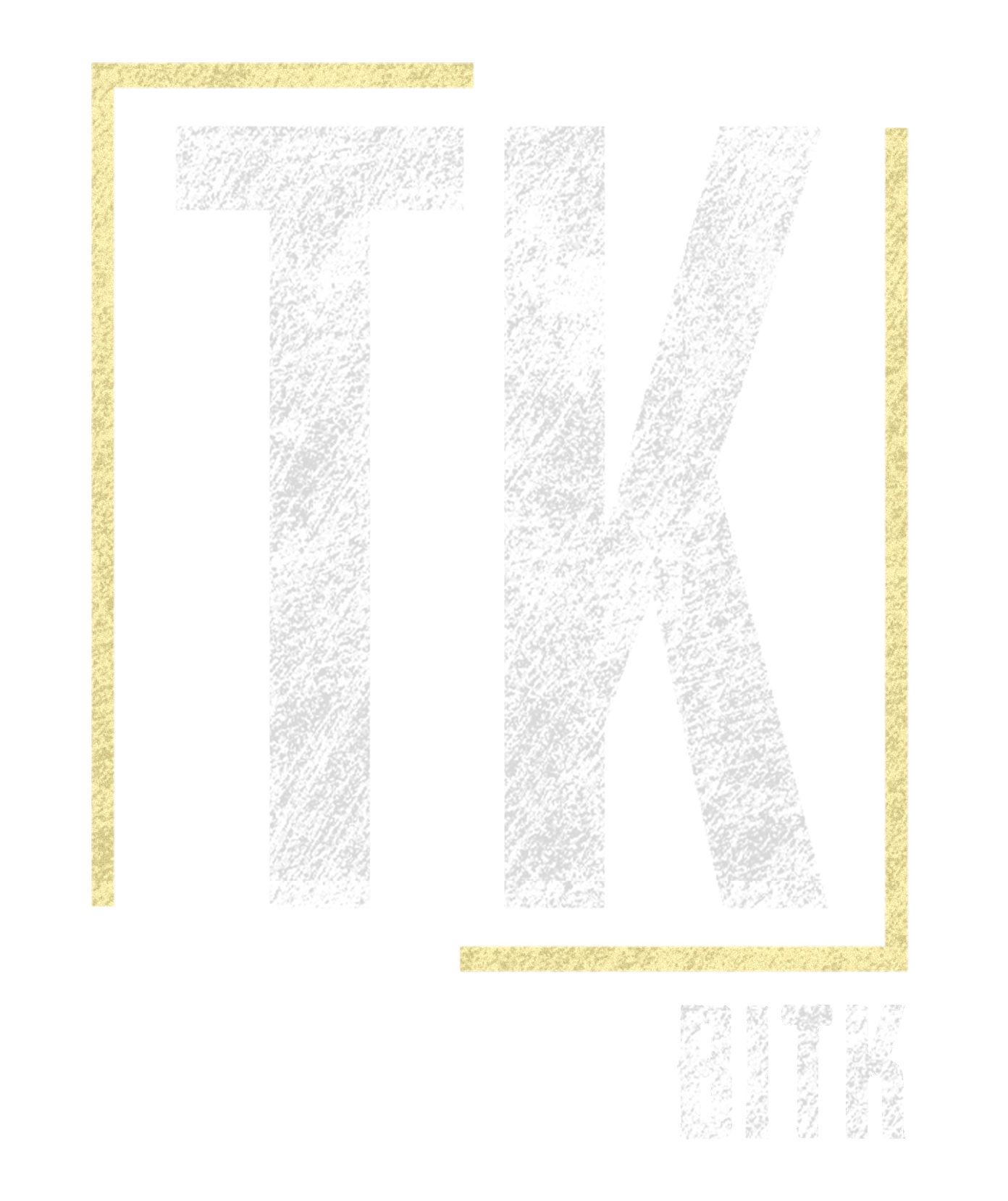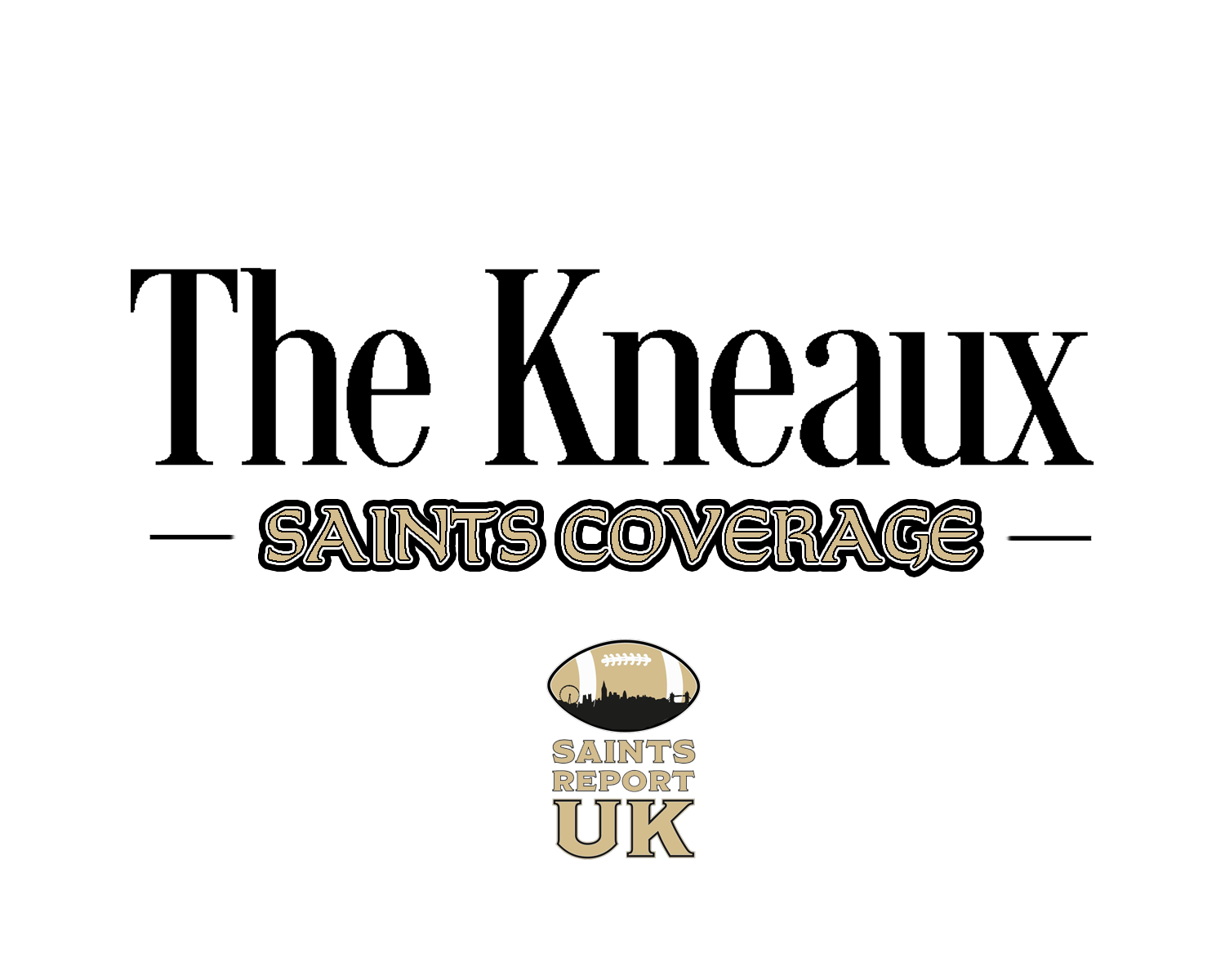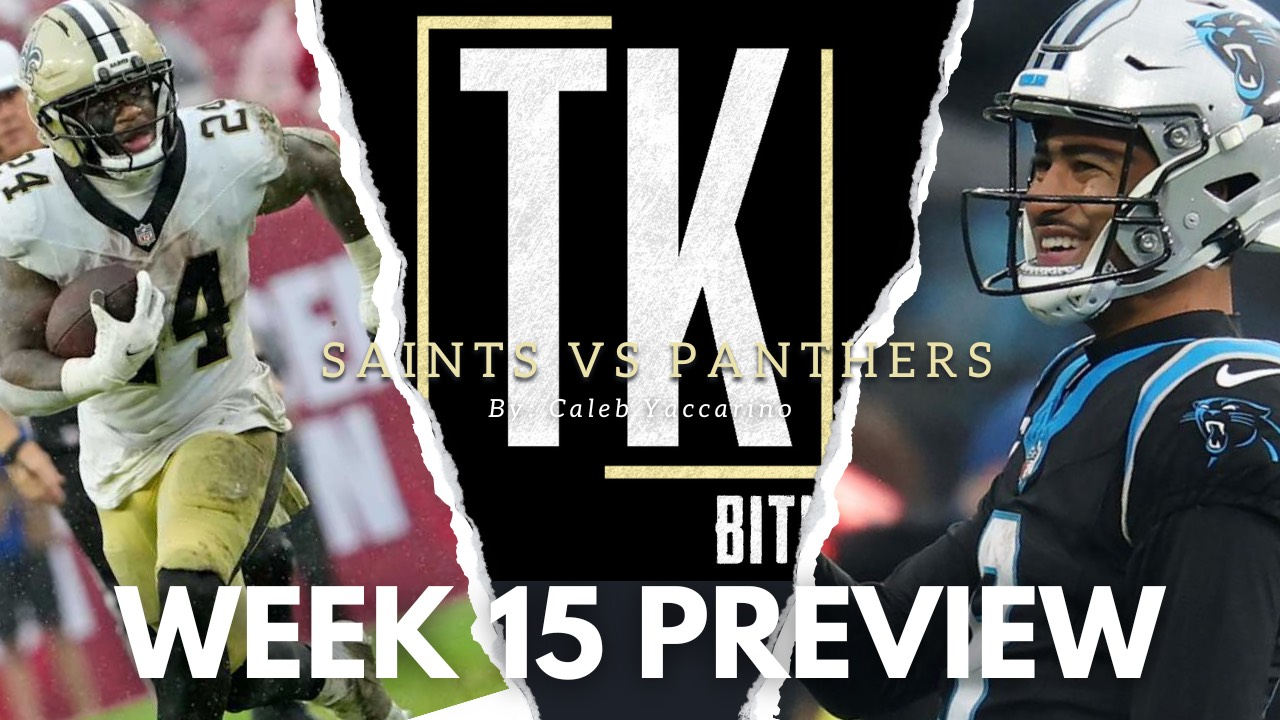PFF Grades And Statistical Deep Dive Into The Saints Win Over The Titans
PFF Grades And Statistical Deep Dive Into The Saints Win Over The Titans
It's finally time to be open with you all, I absolutely love stats. It might seem a bit nerdy and I don't think for some second stats tell the how story, like with many things in life proper context is needed to give the full story. For me, one of the best places to get stats is PFF. Whether you like the grades or not (I'm not personally always a big fan) their charting of pressures, and CB/WR matchups are really informative and help breakdown a particular game in a very easy but detailed way.
So I dived PFF premium to see what mattered and what in my opinion didn't.
Top & Bottom 5 PFF Grades- Offense
Rashid Shaheed- 81.6
Chris Olave- 81.2
Ryan Ramczyk- 74.8
James Hurst- 68.7
Derek Carr- 68.7
No massive surprises here Shaheed and Olave were excellent the only surprise for them was that their grades were not higher. Shaheed’s negative plays came on special teams which does not affect his offensive grade. The big surprise here for me is Hurst, he looked to really struggle. It seems the first look on the broadcast that I just lumped him in with Penning's struggles, still his grade isn't good I just thought it would be worse.
Cesar Ruiz- 32.2
Jamaal Williams- 46.3
Keith Kirkwood- 47.8
Taysom Hill- 49.4
Foster Moreau- 51.5
Ruiz surprised me here I thought he and Ramczyk were lone bright spots on the line (his pressure numbers would back that up too) more on those in a moment. Williams’ grade also seems harsh considering he was hit behind the line a ton. His grade would imply that PFF feels there were missed opportunities, I certainly didn't see many open holes for Williams. The fact he fumbled (regardless of if he lost that fumble) wouldn't have helped his grade.
Top & Bottom 5 PFF Grades- Defense
Demario Davis- 90.7
Isaac Yiadom- 88.9
Ugo Amadi- 88.3
Marshon Lattimore- 81.5
Pete Werner- 75.1
Davis was a madman all game, especially in the run game so I'm not shocked he graded out this high. Yiadom and Amadi benefitted from only playing a small amount of defensive snaps ( 3 each). Despite playing few snaps, they were both making plays on the ball, this usually helps to grade highly. Lattimore’s grade should be up there with Davis, PFF has Lattimore charted as missing 3 tackles, which gives him a low tackling grade and is likely the reason for his low run defense grade which looks to have dinged his overall score. For me, those things really don't matter when you play that well in coverage.
Alontae Taylor- 37.1
Nathan Shepherd- 42.2
Bryan Bresee- 47.8
Paulson Adebo- 53.3
Zack Baun- 53.9
Surprised by Bresee and Adebo Here both looked good and Adebo had the pick. Taylor’s grade doesn't surprise me. Not because I thought he was bad, but because I thought he was solid, especially in run support. He just did a lot of stuff that PFF grades don't like such as giving up 7 catches (on 9 targets) and they had him missing a tackle.
Pressure Report
Defense
Overall PFF charted the Saints defense as having 23 pressures (5 sacks, 5 hits and 13 pressures) PFF charts this a little differently to other sites as they don't give half sacks. The top 5 pressure players :
Carl Granderson- 5 total pressures ( 2 sacks, 2 hits and 1 hurry)
Tanoh Kpassagnon- 5 total pressures ( 2 hits and 3 hurries)
Cam Jordan- 5 total pressures ( 1 sack and 4 hurries)
Bryan Bresee- 3 total pressures ( 1 sack, 1 hit and 1 hurry)
Demario Davis- 2 total pressures ( 2 hurries)
Encouraging to see Cam get off to a faster start than a year ago. Tanoh looked really good especially when they moved to 3 down linemen with him lined up at DT and Granderson absolutely abused Andre Dillard. I actually thought Granderson got more pressures than this, that's how dominant he looked yesterday.
Offense
Overall PFF charted the Saints starting offensive line as giving up 15 total pressures ( 4 sacks, 3 hits and 8 hurries). Honestly it looked worse than this live. Here’s how those pressures were split up:
Trevor Penning-
6 total pressures (2 sacks, 1 hit and 3 hurries)
Erik McCoy- 4 total pressures (1 sack, 1 hit and 2 hurries)
James Hurst- 2 total pressures ( 1 sack and 1 hurry)
Cesar Ruiz- 2 total pressures ( 2 hurries)
Ryan Ramczyk- 1 total pressure (1 hurry)
I certainly thought watching the game live that the offensive line issues were from the left side. I was partly wrong there as Hurst actually graded out pretty well and where I thought the pressure was coming from Hurst it appears it could have been actually coming from McCoy who had an uncharacteristically ropey showing. As for Penning he was poor we all know that honestly, I thought he might have given up more pressure than the 6 PFF gave him.
Best Of The Rest
Some other stats that jumped out at me:
Marshon Lattimore’s coverage stats were insane:
- 90.2 coverage grade
- Only 2 catches allowed for 24 yards on 6 targets (33% completion percentage)
- 3 PBUs and 1 interception
- 6.9 passer rating allowed in his coverage
- The interception and 1 of the PBU’s were in coverage vs. Hopkins ( the two catches he allowed were also to Hopkins)
If Lattimore plays like this the rest of the way there won't be any top 5 CB rankings in the off-season leaving him off the list.
Derek Carr was only blitzed on 10.5% of plays but was under pressure on 44.7% of his passing plays. That is insane and shows how dominant the Titans front 4 was.
Carr was helped when the Saints started to use more quick game, on passes 0-9 yards, he went 12 of 13 for 117 yards good for a 104.2 passer rating.
Zack Baun earned an elite 91.2 special teams grade, the Saints special teams unit overall earned a 90.6 grade which was tied for 1st in the NFL with the Cowboys. I would assume Baun's blocked punt helped his and the Saints score.
Make sure to follow me on Twitter and Instagram @SaintsReportUK, for much more Saints content and discussion throughout the 2023 season and beyond.
A quick share helps us a lot!



